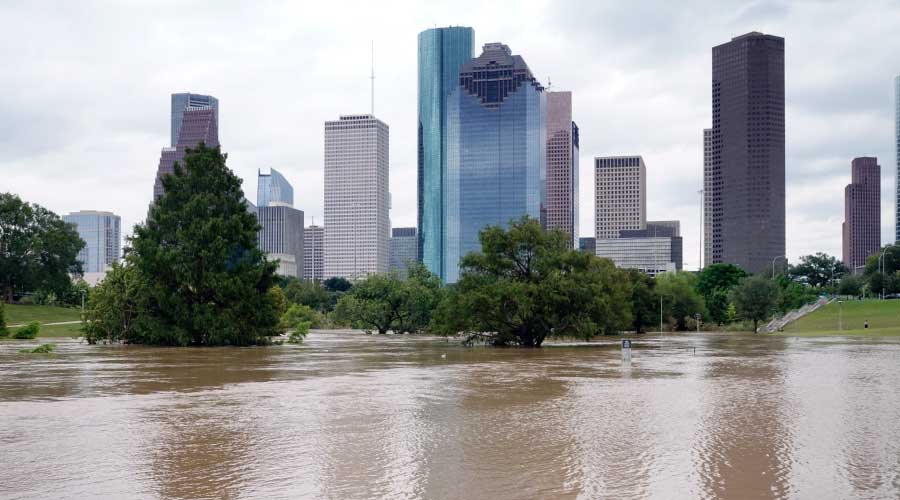How Company Policies Can Hurt H1N1 Flu Preparedness
As an extra precaution, facility executives should make sure that company polices don’t make it harder to keep operations going.
One policy to scrutinize carefully is sick leave. Make sure company rules don’t create incentives for employees to come into work sick. This is especially true for part-time staff, who may not have sick leave. The temptation for many will be to come to work regardless.
“This is bad policy under any circumstances,” says Jeff Levi, executive director of Trust for America’s Health. “It’s particularly bad policy when we have a novel virus, people aren’t vaccinated and may not have natural immunity. That guarantees much broader spread of the virus.”
Coordinate with human resources to make sure facility staff has the appropriate sick leave to stay home if they have flu symptoms or need to care for relatives who are sick. This may require temporary policy changes. For example, most medical providers will be too busy to give a note, as some company policies require before sick leave can be claimed, says Lisa Koonin, senior advisor for H1N1 influenza response at the Centers for Disease Control (CDC).
Current CDC guidelines recommend that anyone who has flu symptoms not be allowed to return to work until 24 hours after their fever has subsided without the use of medication.
“We are presuming that anyone who has the flu has H1N1 unless they are diagnosed otherwise,” says Jim Rosenbluth, managing director, crisis management, for Cushman & Wakefield, who has given instructions that anyone with the regular flu stay home too.
“When you think about pandemics it’s different than other disasters,” says David Casavant, executive director of the Workplace Safety Awareness Council. “You’re not talking about property damage. It’s more about protecting the workforce and confidence levels and dealing with absenteeism.”
Link to Local Response
Another base to cover is to make sure someone on the organization’s emergency response team has connected with local health officials. Pandemic response will ultimately be a local effort, says Ann Beauchesne, vice president, national security and emergency preparedness department, U.S. Chamber of Commerce.
In many cases, local county health departments will be tasked with handling the government’s response to an H1N1 outbreak, but that will vary. Some large city health departments will also assume a role, Koonin says.
“Making those connections now is going to be very important because the strategies are going to vary, particularly at the beginning,” says Koonin. “Some communities are going to be following different strategies than others depending on who is making the decisions and the situation on the ground.”
Decisions about school closings, for example, are likely to vary by jurisdiction and can have a ripple effect on employee absenteeism. That’s especially important because unlike seasonal flu, which normally strikes people over 65, H1N1 is much more likely to infect the very young.
— Brandon Lorenz
Related Topics:















